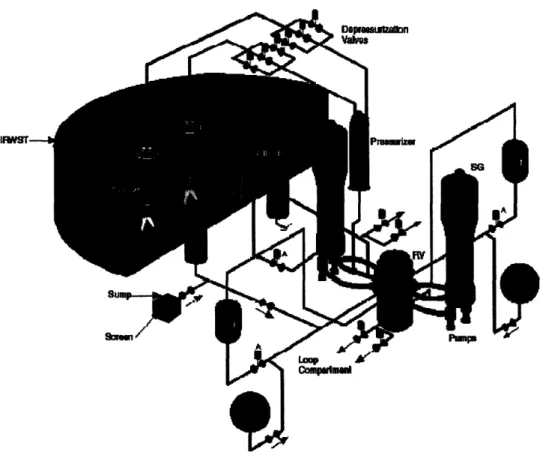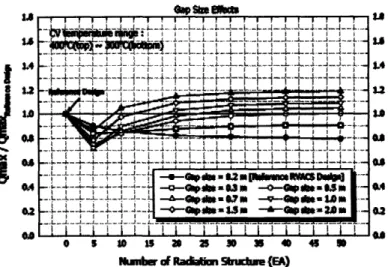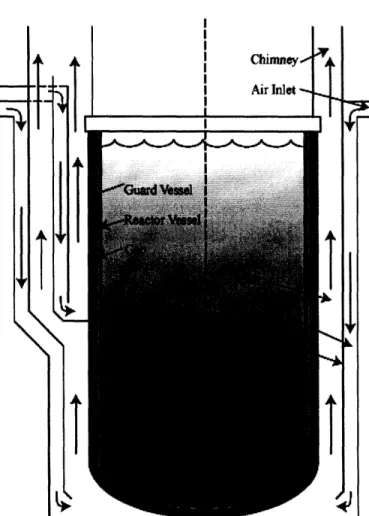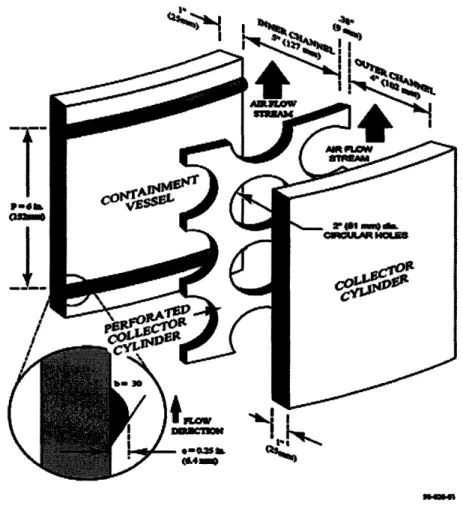Design of passive decay heat removal system for the lead cooled flexible conversion ratio fast reactor
Texte intégral
Figure
![Figure 1.1 Schematic of reactor vessel with dual-free level [from Hejzlar et al., 2004]](https://thumb-eu.123doks.com/thumbv2/123doknet/14687965.560602/12.918.166.748.178.866/figure-schematic-reactor-vessel-dual-free-level-hejzlar.webp)

![Figure 2.2. KLFR radiation structure layout. From Eoh et al. [2005].](https://thumb-eu.123doks.com/thumbv2/123doknet/14687965.560602/19.918.295.645.594.836/figure-klfr-radiation-structure-layout-eoh-et-al.webp)

Documents relatifs
Contrairement à l’approche de quantification des métabolites cérébraux, on quantifiera non pas des résonances d’une molécule spécifiques mais des résonances
USA people who remembered R1 dream/ week (n = 22) targeted lucidity reactivation spoken math questions eye movements 16 12 6 31 Germany experienced lucid dreamers with R35 lucid
However, Gaufin et al [48] found no significant effect of B cell depletion on viral load in SIV infection in African Green Monkeys, concluding that humoral immune responses play only
Comme la structure de nos échantillons nous est suffisamment connue (ce sont des graphites synthétiques qui cristallisent dans le système hexagonal), nous ne nous
However, for the limited num- ber of SCIAMACHY data available for this study, we obtain evidence that increasing the selection radius for calculating daily means does support
All of this will tend to dilute cascade emission compared to the one-dimensional case, which should therefore be seen as an upper limit to the cascade contribution at orbital
Key words: Convective heat transfer coefficient, correlation, phase change material, heat storage system, transient forced convection, numerical
the liquid distribution in the FPHP is mainly induced gravitational forces. Indeed, the increase of the heat flux increases pressure drops in the liquid and vapour phases, which





